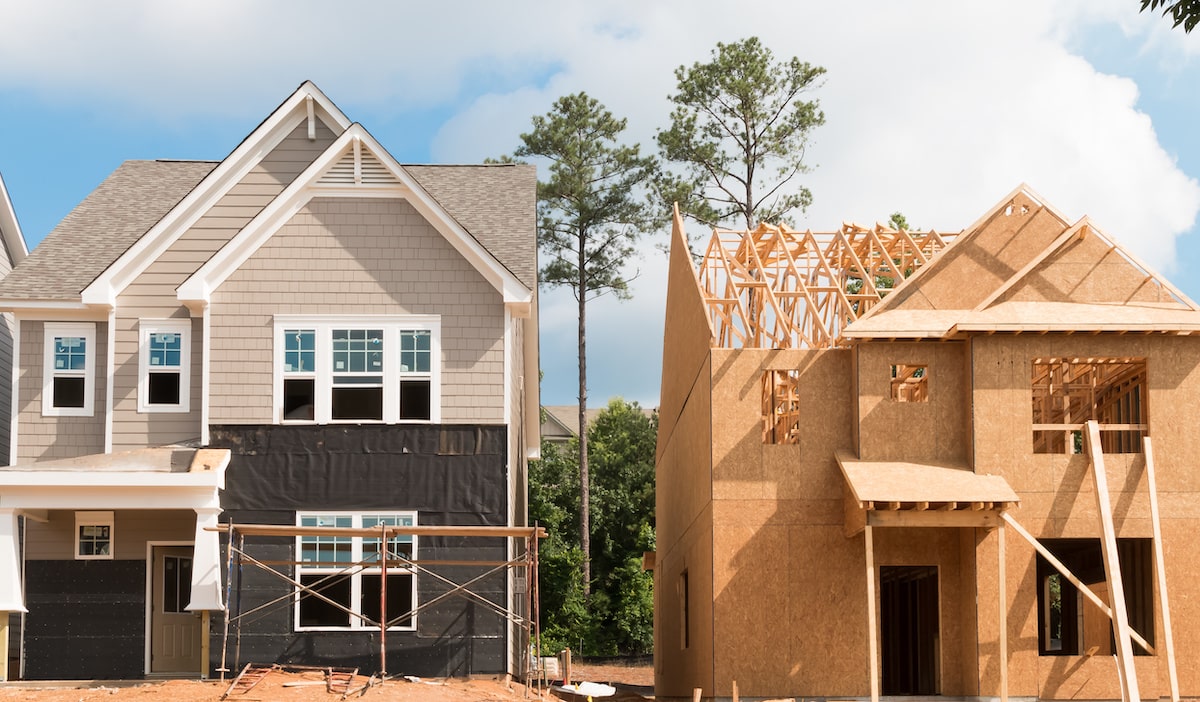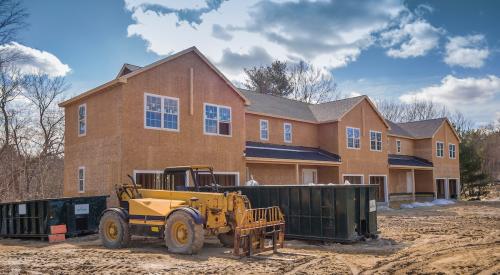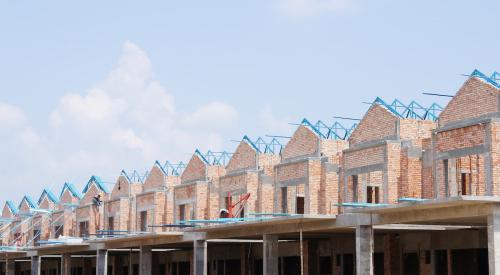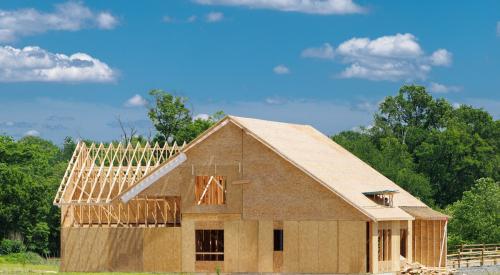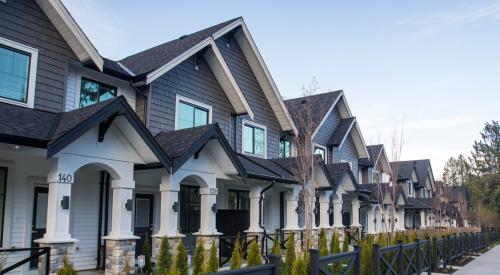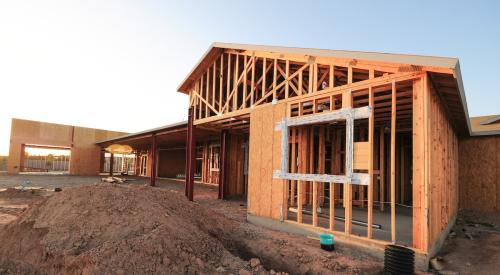Despite a major year-over-year surge in residential building permits from February 2020 to February 2021, national builders are still playing catch up with a large deficit to fill after years of underbuilding following the Great Recession. There remains a cumulative shortage of 1.35 million new single-family homes permitted in the nation’s 35 largest housing markets, equal to 2.7 years’ worth of permits at current residential construction rates, reports Zillow.
In the 12-month period from August 2020 to August 2021, total residential permit activity reached a new post-Great Recession peak, but even this year’s dramatic growth rate represents only the first year of above-trend construction in over 11 years.
The number of homes listed for sale in America ticked down in October, marking the end of 2021’s modest inventory rebound that began in May, and leaving current levels down by more than a third from pre-pandemic norms. But how did we get here? Why are there so few homes available to buy, even as homebuilders seem to currently be firing on all cylinders to develop and sell more homes?
More than 1.5 million residential building permits were issued between February 2020 and February 2021 — a benchmark level of housing construction surpassed in every building boom since the 1970s. The problem is that after permit activity bottomed out in 2009 at the depths of the housing crisis, it took more than 11 years to get back to that threshold. The new home construction market today very much remains in catch-up mode, recovering from a decline that was both much steeper and took longer to come out of than in any previous construction cycle.
